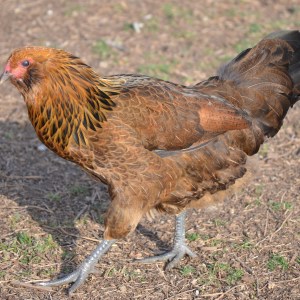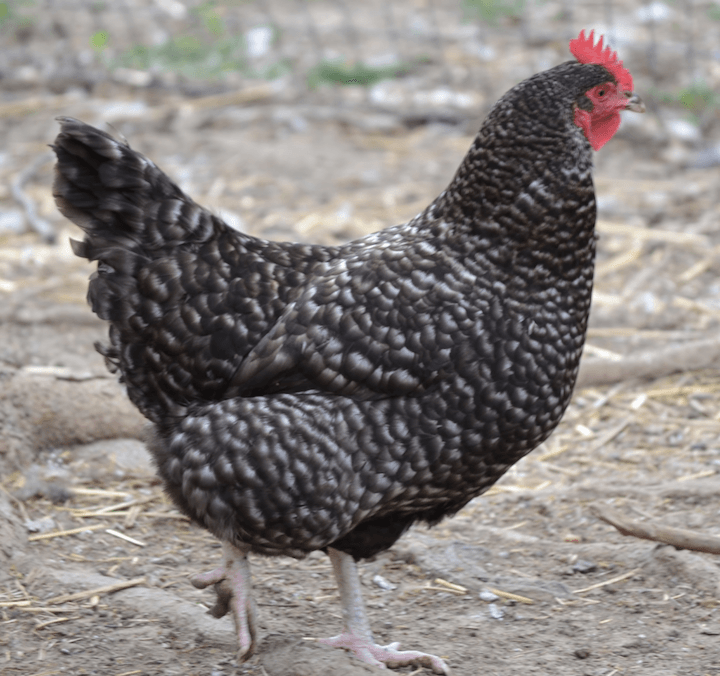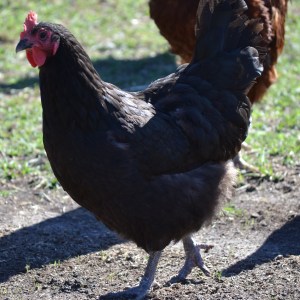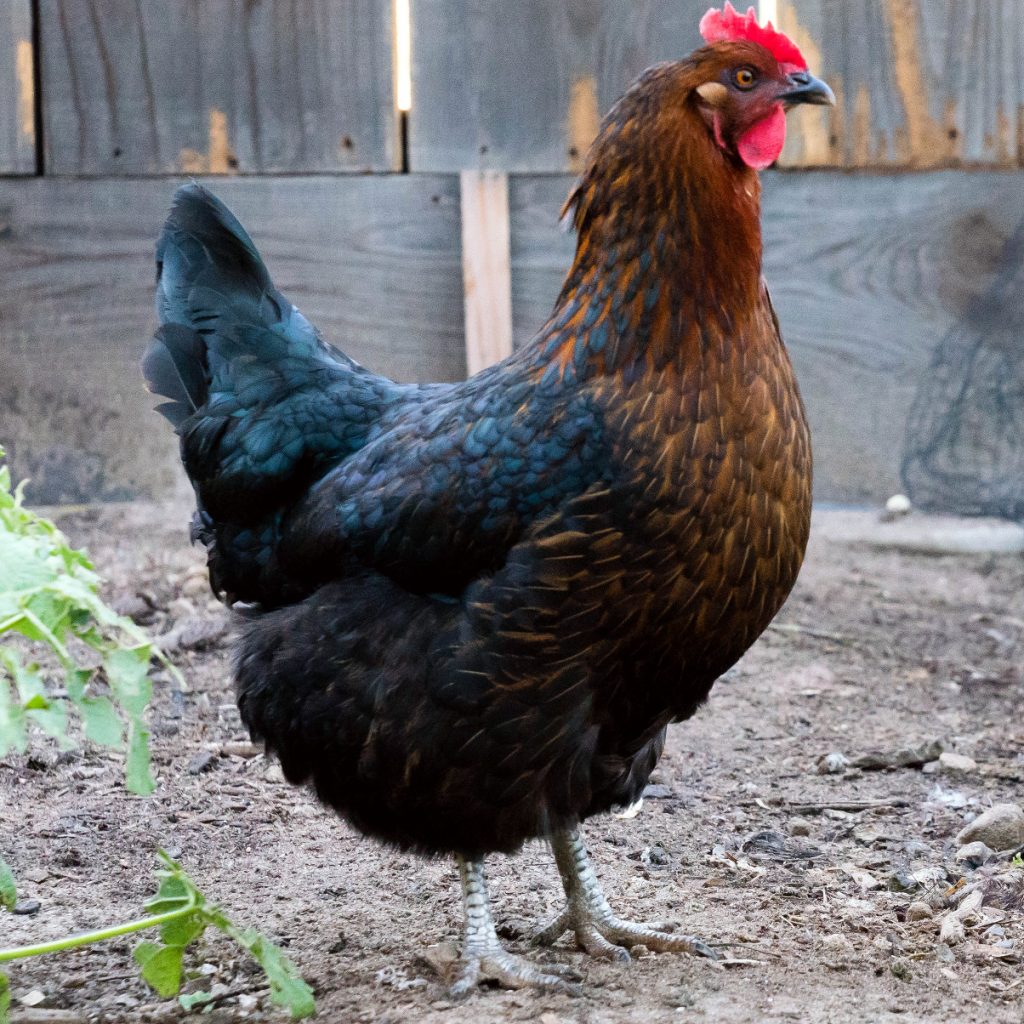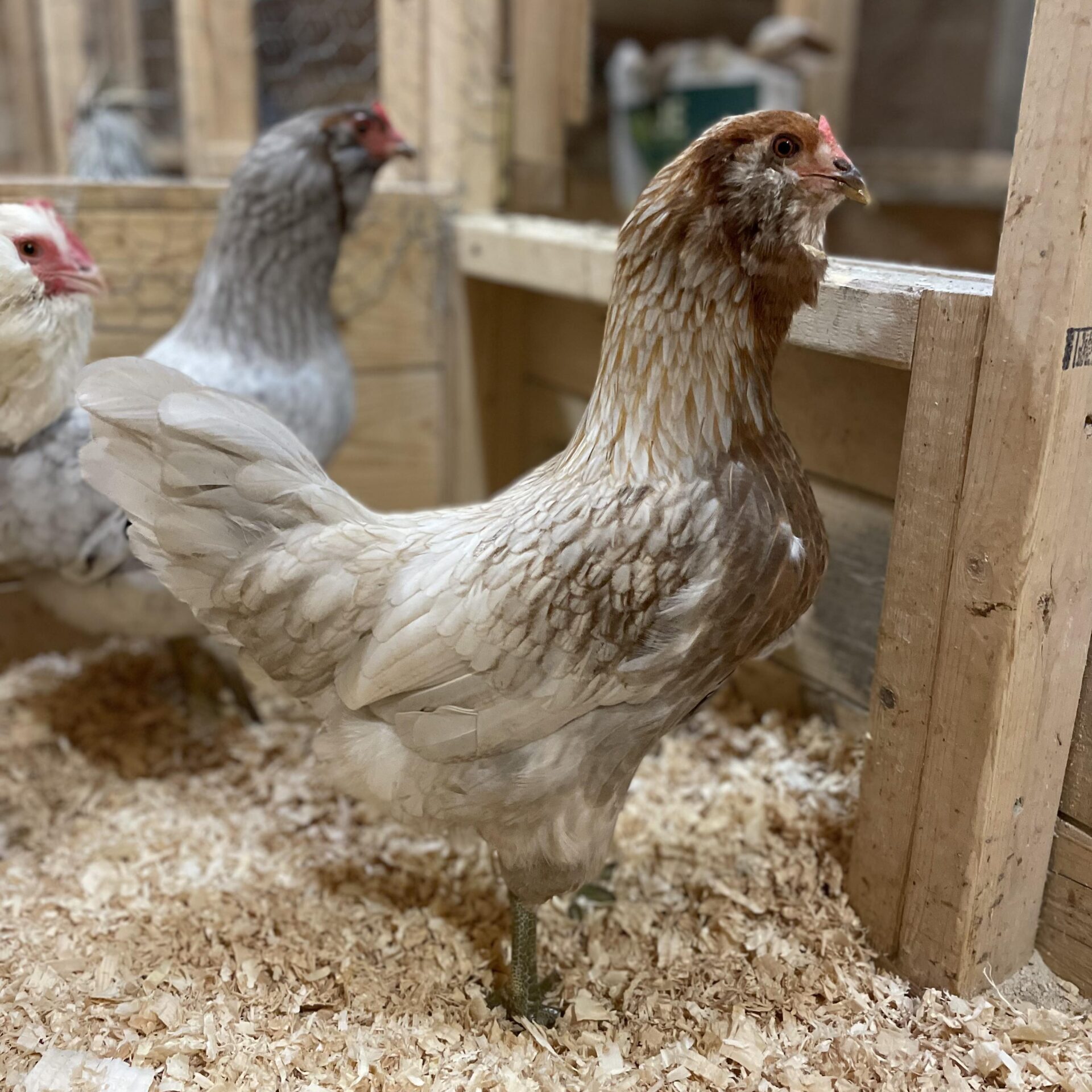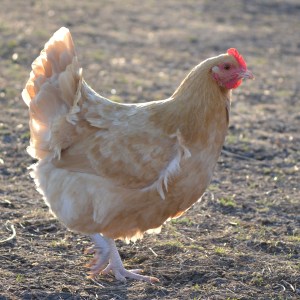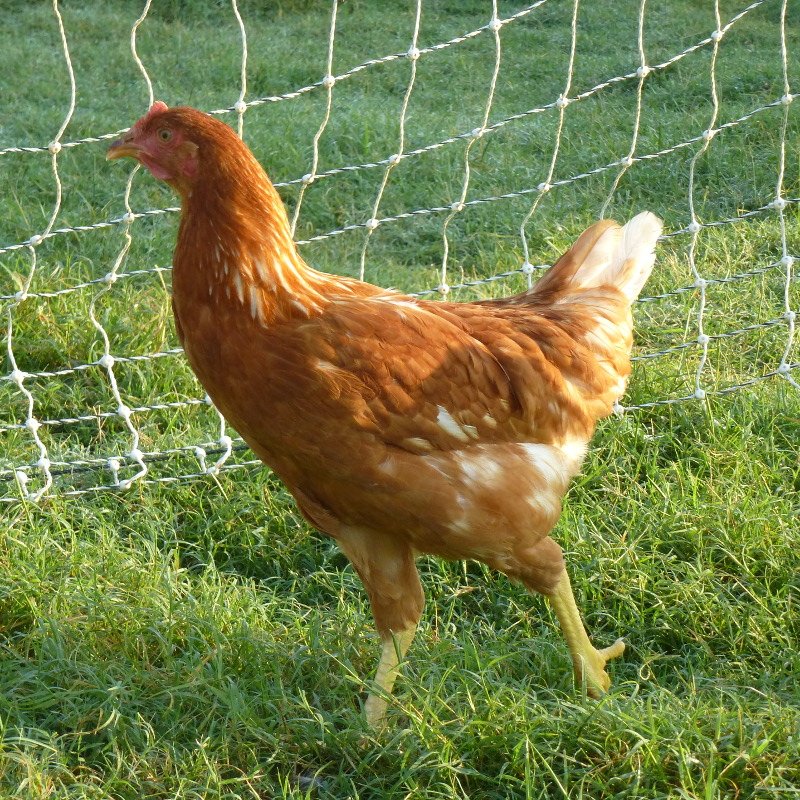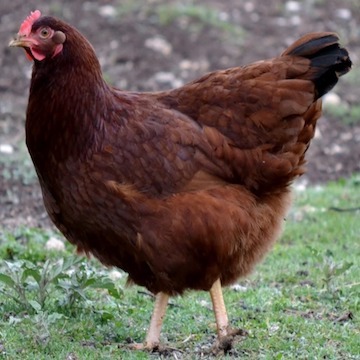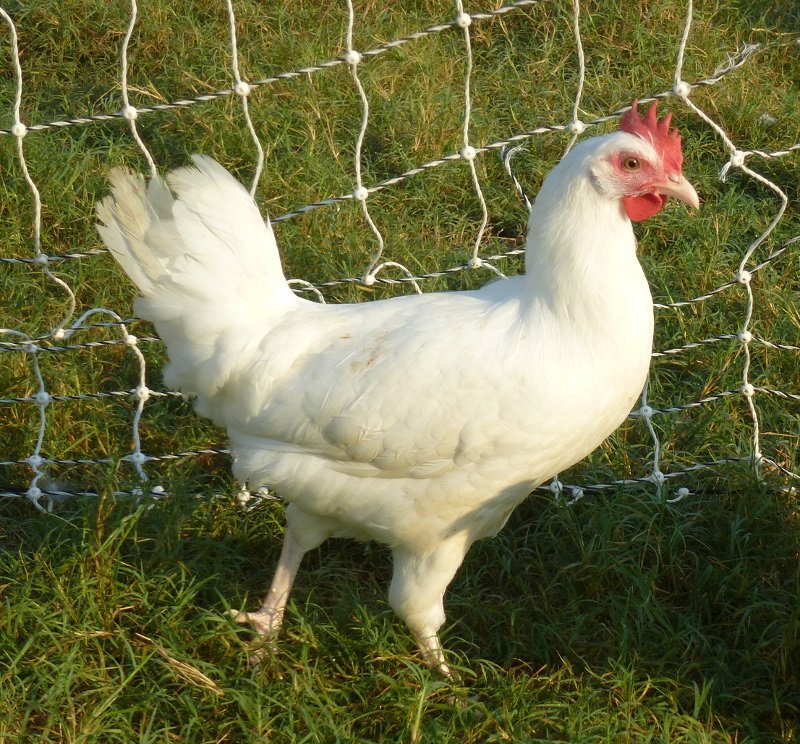Started Pullets For Sale
What are started pullets?
Our pullets are female chickens that have been raised to at least 15 weeks of age. For details, please see the product page for the breed you are interested in.
All of our breeds will grow to become laying hens when mature.
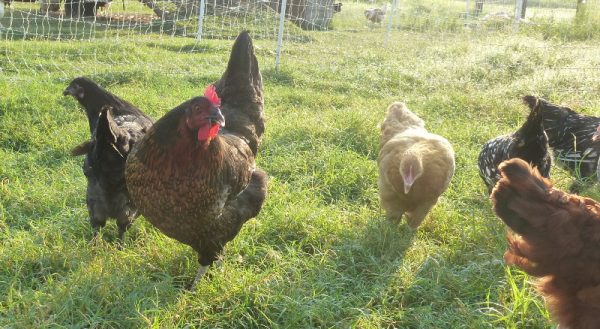
At what age do your pullets typically start to lay?
There are many variables that affect when a particular pullet will start to lay. One is the breed. We offer a number of different breeds, all of which are good layers. Our normal heritage breeds, which usually start to lay at around 26-28 weeks of age, include: Black Australorps, Barred Rocks, Buff Orpingtons, Easter Eggers, Rhode Island Reds, Wyandottes. For an earlier laying hen, we also offer several hybrids, each of which was developed to be an excellent egg layer. These include White Leghorns (a white egg layer), and two types of brown egg layers: Red Stars (also known as ISA Browns or Red Comets) and Black Stars. These usually start to lay a few weeks earlier than the heritage breeds, beginning to produce eggs at around 22 weeks. They tend to be very consistent layers.
Please note that because many different variables affect when a particular pullet will start to lay, we cannot make a guarantee as to when your pullets will begin laying.
Where do the chicks come from that you raise?
All of our pullets first arrive at our farm as baby chicks ordered from well-known Murray McMurray Hatchery, Cackle Hatchery or Hoover’s Hatchery.
We then start raising the chicks in our brooders, which supply the warm, draft-free environment that the young chicks need.
Vaccinations
All of the started pullets that we have for sale have been vaccinated against Mareks.
Accuracy in Determining Gender
We guarantee a 99% accuracy in sexing – that is, in identifying which chickens are females – and will refund you for your pullet if “she” turns out to be a male.
Definition: What is a Pullet?
A pullet is a female chicken. Typically “pullet” refers to a female chicken that’s less than one year old. Once they reach a year, they’re referred to as hens.
When chicks hatch, typically about half of them will be males and half will be females (in a small hatch, you may have a higher percentage of males or females, but for larger hatches, it’s normally about 50/50). If chicks haven’t been sexed to determine which are males and females, they’re referred to as “straight run chickens” or simply “straight runs.” As they’re sexed, then they will be separated or grouped into males (cockerels) and females (pullets). Sexing at hatcheries is typically about 90% accurate.
We purchase pullets from hatcheries, then we raise them and sell them as started pullets. Since sexing isn’t 100% accurate, we also have some cockerels available at times.

What breeds do you offer?
It varies during the year. I update the website frequently, so the website is the most reliable list of what we have available.
What is your minimum order of pullets?
For started pullets, you can as few as ONE started pullets.
This is a distinct advantage of buying started pullets of chicks for some people since many hatcheries have a minimum order size for chicks of 15 or 25.
What are the advantages of buying started pullets rather than buying chicks?
While day old chicks are a viable option for many people, for others, buying started chickens has some distinct advantages. Here’s a list of advantages, most of which we’ve discussed previously, above:
- No Brooding hassle. While we’ve successfully brought over 50,000 chicks from day old to past the brooder stage, brooding day old chicks can be a bit of a hassle, and it takes some experience to get right. The heat has to be right – not too hot or too cold for the chicks – and the requirements change almost daily. In the first several weeks, some weak chicks expire, so there is the infant mortality to deal with. Day old chicks need to be given water by hand quickly when they first arrive because they may have been without food and water for more than 72 hours. (Watering them by hand on arrival teaches them where to find water.) Brooding requires a heat source, so if electricity is not an option or is limited, brooding will be difficult.
- Shorter wait before you get eggs. Normal heritage breeds take 26-28 weeks before they start to lay eggs. White Leghorns, Black Stars and Red Stars (aka ISA Browns or Red Comets) are ready to start laying at about 22 weeks. If you start with chicks, you’re looking at 5 to 7 months before seeing eggs from your flock. But if you buy started pullets from us, you’ll get a several month head start.
- Less equipment needed. Because started chickens are much larger, they can be out in the adult world much sooner. They can live independently, at least much more independently than chicks, directly upon arrival.
- Smaller requirement for minimum orders. We ship as few as 1 bird. Many hatcheries have a 15 or 25 chick minimum order.
- Started Pullets are more durable. If you have young children, a started pullet is less likely to be affectionately injured than a day-old chick.
Do you ever have cockerels (young male started chickens) available?
Yes. I do have some cockerels available, though not as many as the pullets. If you want a cockerel of a particular breed, please send me an email (bdfamilyfarm@gmail.com) and ask if I have one.
Can you ship live chickens? What is your shipping policy?
We ship within the continental United States. We do not ship to Hawaii, Guam, Mexico, Puerto Rico, the U.S. Virgin Islands. We also do not ship to other countries or continents.
We normally ship on Tuesday mornings. Your birds are hand-selected and placed in a shipping box that we designed for optimal safety. We include some fruit piece for hydration. We include enough so that the birds can handle the occasional postal delay.
While we ship USPS to all areas, we DO NOT guarantee overnight delivery. We do guarantee live arrival and that you will be satisfied with your birds.
If you have issues with the birds when they arrive, please take a picture and email it to me. Or if we made a mistake in filling your order, please send me a picture. That helps me and my staff avoid making the same type of mistake in the future.
How To Find Out Shipping Costs Before Placing an Order
To find out how much it will cost to have your order shipped to you, do the following:
- Add everything that you want to order to the cart.
- Click “calculate shipping” then enter the state that we will be shipping to and press “Update.”
- Once you’ve done that, the proper shipping costs and the total cost of your order will be shown.
If you run into any problems with calculating shipping costs, be sure that you correctly entered your destination state and pressed “update.” If any problems persist after that, please let us know.
What are the best breeds for beginners?
I recommend Red Stars (also known as ISA Browns , Red Comets or Red Sex-Links).
Why? Because they are excellent layers, they lay brown eggs (which many people prefer), they start to lay at a younger age than a number of our other breeds, and surprisingly, they’re very easy to tame.
Start feeding them at the same time each day. Avoid overfeeding. That way, when you come out to the coop, they’ll be ready to eat, and they’ll be anticipating your arrival. Move slowly and gently. Once they start to come to you when you bring them food, start holding out some feed in your hand. After a bit, with this kind of training, they’ll be eating out of your hand. This will work with other breeds, too, but I’ve had some of the best results taming the Red Stars.
Which breed is your best brown egg layer?
The Red Star is our most prolific brown egg layer. They start to lay at an early age (not as early as the White Leghorns, but earlier than other breeds).
What is the best type of egg-laying chicken to buy?
All of our started chickens will grow to become layers when mature. The best egg-laying chicken for you is going to depend on your requirements. Our best layers are the Red Star and White Leghorn. These two breeds of chickens are often raised in large or small commercial egg-laying operations because they lay so well. ISA Browns are a very nice breed to raise in a home flock. Then hens tend to be friendly toward people. White Leghorns, on the other hand, tend to be somewhat flighty. In my opinion, they are not as pleasant to raise, but they are excellent producers of white eggs.
If you care a lot about the looks of the chicken, Silver-Laced Wyandottes are a very attractive breed. They are very stately.
Many people like Barred Rocks because they resemble the types of chickens that they’ve seen on family farms all their lives.
Rhode Island Reds are another very traditional breed that lays very well.
Different breeds can tend to have a little different “personality” from each other. But it’s hard to go wrong when choosing a breed. If you are unsure of what to get, buy an assortment of several different breeds and raise them to see which ones you like the best.
What are juvenile chickens? Do you have juvenile chickens for sale?
Juvenile chickens are young chickens. Chickens that are not mature yet. While we prefer to call our chickens “started pullets” or “started chickens” some people refer to chickens of the same age as ours as “juvenile chickens.”
In short, we sell juvenile chickens — all of our started pullets could also be considered “juvenile pullets.”
Started Pullets at a Glance
More Info
Buying our started pullets is one of the quickest ways to raise a flock of laying chickens.
It’s also an excellent way to start raising chickens, particularly if this is your first flock, because the more challenging work of raising young chicks has already been done for you.
Read more below about what you get when you order our started chickens.

